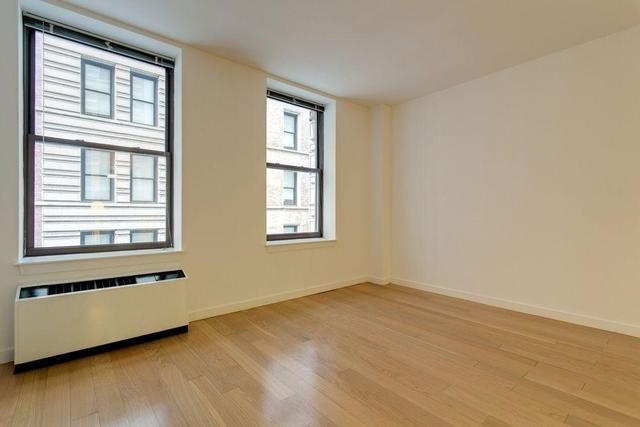
Top 5 Reasons to Consider a Bridge Loan When Moving to a New Home
By: ROS Team
Moving to a new home can be both exciting and overwhelming, especially when you still own your current property. One financing solution that can ease the transition is a bridge loan. In this article, we’ll break down what a bridge loan is and highlight the reasons why homeowners should consider it when buying a new house before selling their own.
What Is a Bridge Loan?
A bridge loan is a short-term loan designed to bridge the financial gap between buying a new home and selling your current one. It allows you to borrow against the equity in your current property, giving you access to the funds needed for a down payment or to cover the mortgage on your new home. Typically, these loans are repaid within six months to a year, or once your current property sells.
Bridge loans are particularly useful for homeowners who need immediate access to cash but don’t want to wait for the sale of their existing home before making a move. While the interest rates on bridge loans are generally higher than traditional loans, the flexibility they offer makes them an attractive option in the real estate market.

Top Five Reasons Why considering a Bridge Loan can be Advantageous when Moving to a New Home.
1. Secure Your New Home Quickly
In today’s competitive housing market, homes can sell quickly, leaving little time for homeowners to line up the sale of their current home with the purchase of a new one. A bridge loan can give you the financial freedom to secure your dream home as soon as it hits the market, even if your current home hasn’t sold yet. This way, you avoid missing out on a great opportunity simply because of timing.
Buying a house before selling your own can be stressful without the right financial strategy. By utilizing a bridge loan, you can confidently move forward with your purchase while still working on selling your current property.
2. Avoid Contingent Offers
One of the biggest advantages of using a bridge loan is that it eliminates the need for a contingent offer. A contingent offer is an offer on a new home dependent on selling your existing property. While these offers can work in some cases, sellers often prefer buyers who don’t have contingencies, as they represent a more secure transaction.
Securing a bridge loan removes the contingency from your offer, making it more attractive to sellers. This can give you a significant advantage in a competitive market, increasing your chances of getting the home you want.
3. Temporary Relief from Dual Mortgage Payments
Many homeowners dread the thought of having to make mortgage payments on two properties simultaneously. A bridge loan can ease this burden by covering the mortgage on your new home until your current property sells. This provides a financial cushion and allows you to focus on transitioning to your new home without the added stress of juggling two mortgages.
Additionally, some bridge loans allow for deferred payments, meaning you may not have to make monthly payments on the loan until after your current home is sold. This added flexibility can help you manage your finances more effectively during the move.
4. Flexible Financing for Renovations
Bridge loans aren’t just useful for purchasing a new home; they can also provide the funds needed to repair or upgrade your current property before selling it. In some cases, minor renovations can significantly increase the value of your home, leading to a higher sale price.
By accessing the equity in your current home through a bridge loan, you can make strategic improvements that appeal to buyers and help you sell your home faster. This can make the loan an investment that pays off in both the short and long term.
5. Bridge Loans Are Easier to Qualify For
Compared to traditional loans, bridge loans are often easier to qualify for. Lenders typically focus more on the equity in your existing home and your plan to repay the loan once the property sells rather than stringent income or credit score requirements. This makes bridge loans accessible to a wider range of homeowners, especially those who may not meet the criteria for conventional financing.
Because bridge loans are short-term and tied to the sale of your existing home, lenders view them as lower-risk compared to longer-term loans. This relaxed qualification process can make securing financing faster and simpler, allowing you to move forward with your home purchase without unnecessary delays.
Conclusion
A bridge loan can be a powerful financial tool for homeowners who need flexibility when moving to a new home. It provides immediate access to cash, eliminates the need for contingent offers, and relieves the stress of managing two mortgages at once. For homeowners looking to buy a house before selling their own, a bridge loan offers a smooth and efficient path to securing their next property.
By leveraging a bridge loan, you can avoid the pressure of timing the sale of your current home perfectly, allowing you to focus on finding your ideal new home. As always, it’s important to evaluate your financial situation and consult with a mortgage professional to ensure a bridge loan fits your needs.








